Professional septic pumping that prevents backups, eliminates odors, and keeps your property running smoothly year-round.
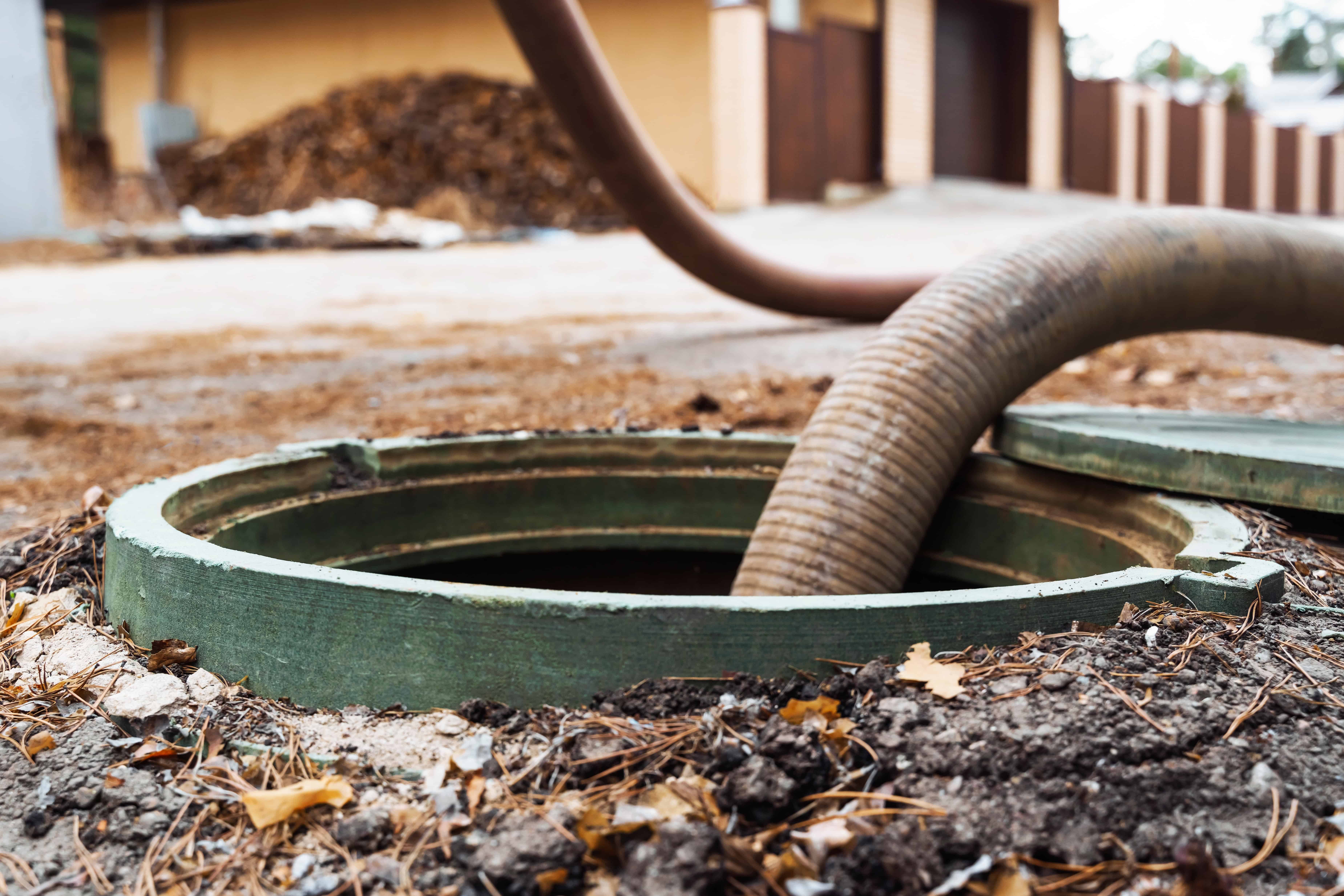
Hear from Our Customers
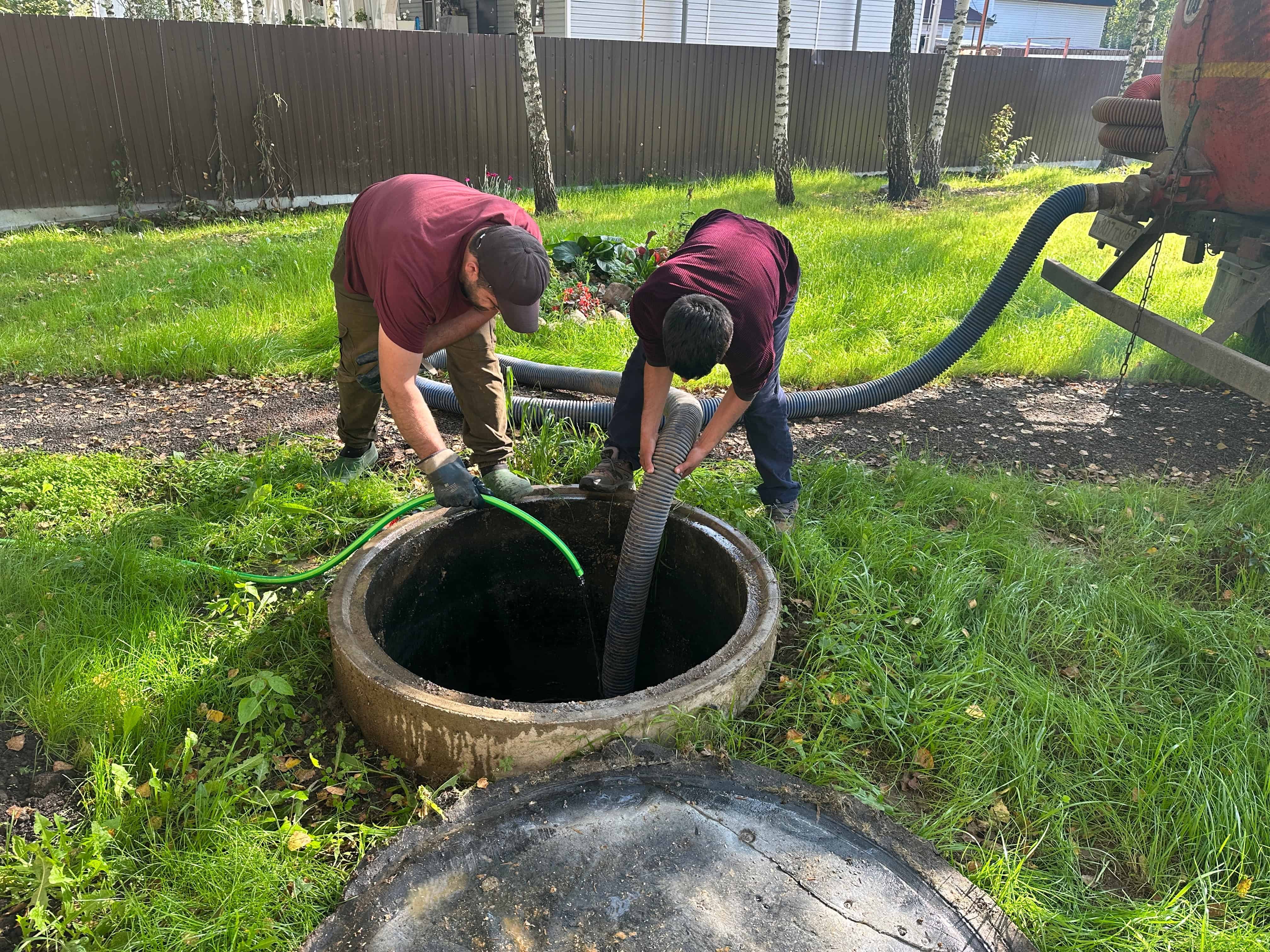
Your septic system works quietly in the background. No mysterious smells drifting across your property during dinner parties. No panic calls when guests are arriving for the weekend.
Regular septic tank pumping prevents the headaches that come with neglected systems. You avoid the mess of backups, the embarrassment of odors, and the expense of emergency repairs. Your system runs efficiently, your property stays pleasant, and you have one less thing to worry about.
Most importantly, you get predictability. You know your septic system is maintained properly, inspected regularly, and ready to handle whatever you throw at it during busy summer months or quiet off-seasons.
We’ve been handling septic systems throughout the Hamptons area for years. We understand the unique challenges of seasonal properties, high water tables, and the soil conditions specific to this area.
We’re not the cheapest option, and that’s intentional. You’re getting experienced technicians who show up on time, work efficiently, and treat your property with respect. We handle everything from routine pumping to comprehensive system inspections.
Our trucks are equipped for properties of all sizes, and we understand the scheduling demands of seasonal residents and property managers juggling multiple homes.
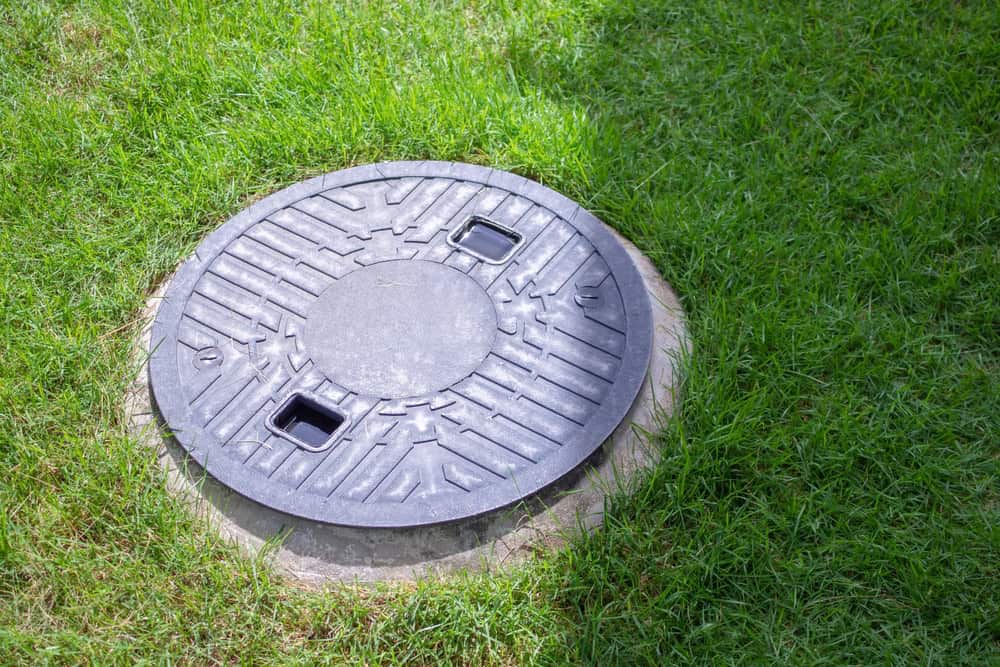
First, we locate and access your septic tank, which sometimes means a bit of digging if the access port isn’t clearly marked. We inspect the tank condition, baffles, and inlet/outlet pipes before we start pumping.
Next, we pump out all liquid and solid waste using our vacuum truck. This isn’t just about removing what’s floating on top – we clean out the settled sludge at the bottom that’s been building up since your last service.
While we’re pumping, we’re looking for potential problems. Cracks in the tank, damaged baffles, or signs that your drain field might be struggling. We’ll let you know what we find and whether anything needs attention before it becomes expensive.
After pumping, we check that everything’s properly sealed and functioning. You get a clean system and a clear picture of when you’ll need service again.
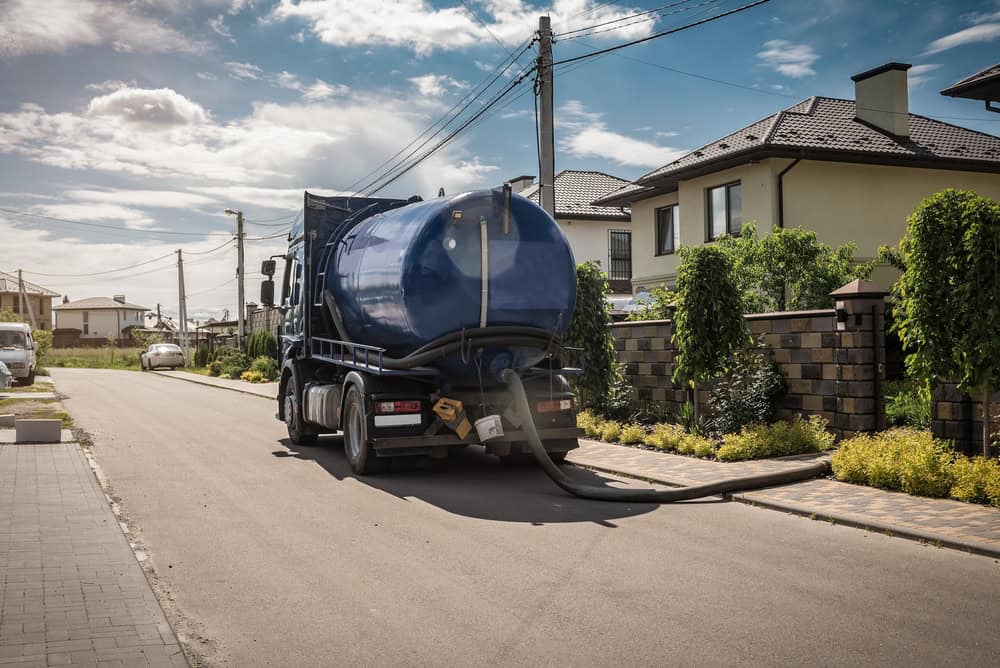
Ready to get started?
Every septic pumping includes a thorough inspection of your tank and its components. We check baffles, measure sludge levels, and look for signs of wear or damage that could cause problems down the road.
You get complete waste removal – both liquid effluent and solid sludge that’s accumulated at the bottom of your tank. We don’t just skim the surface; we clean out everything that’s been building up since your last service.
We also provide honest feedback about your system’s condition and realistic timelines for future maintenance. Most residential systems need pumping every 3-5 years, but that depends on usage, household size, and how well your drain field is functioning. We’ll give you a realistic schedule based on what we actually see, not a generic recommendation.
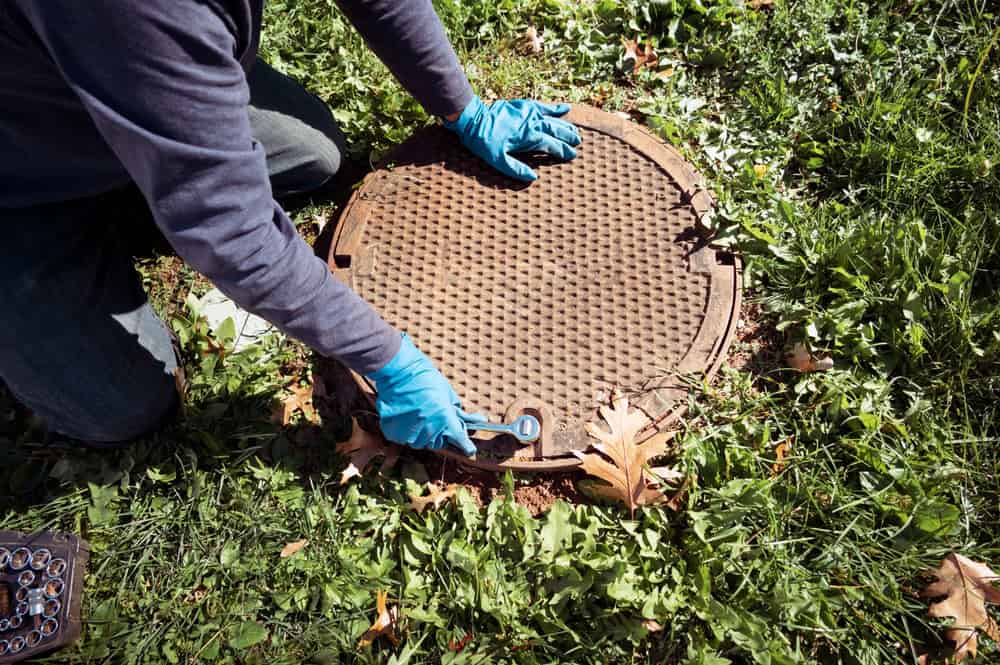
Don’t let cesspool issues disrupt your day. Reach out now for a free estimate and expert service.
©2025 Quality Cesspool All Rights Reserved. SEO Company NYC – Web Design & SEO by Hozio